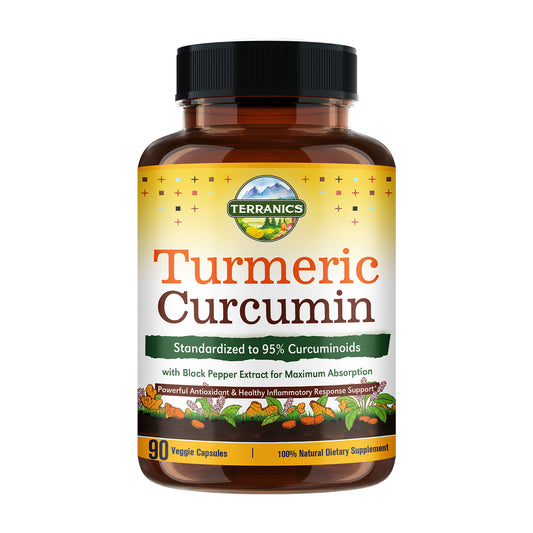
If you've ever looked at vitamin labels, you may have come across the abbreviation "mcg" next to certain nutrients. But what does mcg mean? In this blog post, we will explore the meaning of mcg on vitamin labels, why micrograms are important, and how they relate to international units (IU). Additionally, we'll discuss common vitamins and minerals measured in mcg and provide a guide on converting mcg to IU.
Why Are Micrograms Important
Micrograms (mcg) are a unit of measurement commonly used to quantify small amounts of nutrients, particularly vitamins and minerals. They are essential for providing accurate dosages on supplement labels and ensuring proper intake. Since some nutrients are required in trace amounts, mcg allows for precise measurement and adequate supplementation.
What Are Common Vitamins Measured in mcg
- Vitamin B12: Essential for red blood cell production and nerve function.
- Vitamin D: Crucial for bone health, immune function, and calcium absorption.
- Vitamin K: Important for blood clotting and bone metabolism.
- Vitamin E: An antioxidant that protects cells from damage.
What Are Some Common Minerals Measured in mcg
Similar to vitamins, certain minerals are also measured in mcg on supplement labels. These minerals include:
- Iron: Necessary for oxygen transport in the body and prevention of iron-deficiency anemia.
- Selenium: A trace mineral with antioxidant properties that supports immune function and thyroid health.
- Chromium: Plays a role in glucose metabolism and helps regulate blood sugar levels.
How Do You Convert mcg to IU
International units (IU) are another common measurement used on vitamin labels. Converting mcg to IU can be helpful for understanding recommended daily intakes. The conversion varies depending on the specific nutrient, as each has its own conversion factor. Here are a few examples:
- Vitamin D: 1 mcg = 40 IU
- Vitamin E: 1 mcg = 0.67 IU
- Vitamin A: 1 mcg = 3.33 IU
It's important to note that conversion factors may differ for different forms of a nutrient, so referring to specific conversion tables or consulting a healthcare professional can provide accurate conversions.
Conclusion
Understanding what mcg means on vitamin labels is essential for ensuring proper nutrient intake and supplementation. Micrograms are used to measure vitamins and minerals in trace amounts, enabling accurate dosing on supplement labels. Common vitamins measured in mcg include B12, D, K, and E, while common minerals include iron, selenium, and chromium. Converting mcg to IU can provide a clearer understanding of recommended daily intakes. By decoding mcg on vitamin labels and being aware of conversion factors, you can make informed choices about your nutrient intake and support your overall health and well-being.




